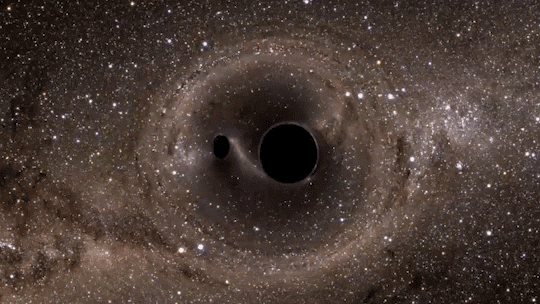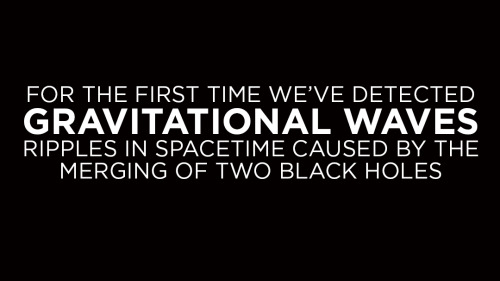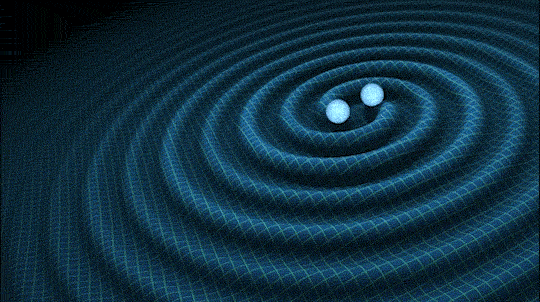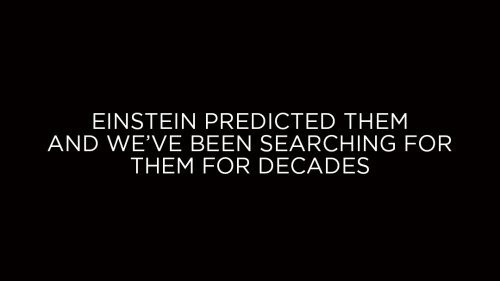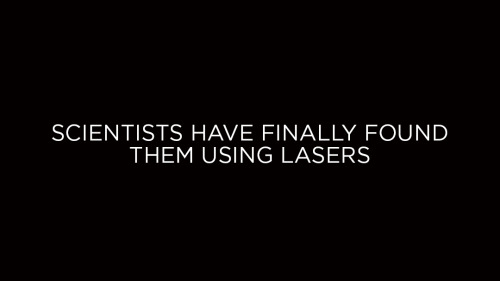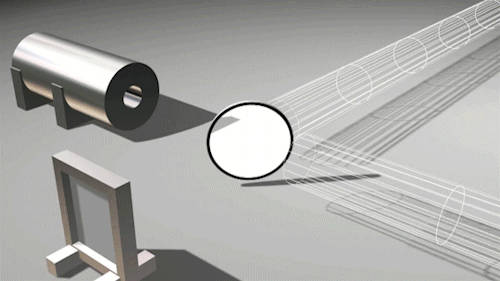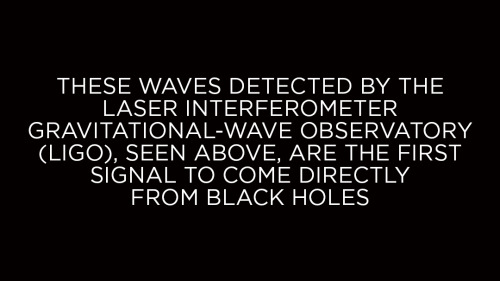Thermonuclear Art







Thermonuclear Art
It’s always shining, always ablaze with light and energy that drive weather, biology and more. In addition to keeping life alive on Earth, the sun also sends out a constant flow of particles called the solar wind, and it occasionally erupts with giant clouds of solar material, called coronal mass ejections, or explosions of X-rays called solar flares. These events can rattle our space environment out to the very edges of our solar system. In space, NASA’s Solar Dynamics Observatory, or SDO, keeps an eye on our nearest star 24/7. SDO captures images of the sun in 10 different wavelengths, each of which helps highlight a different temperature of solar material. In this video, we experience SDO images of the sun in unprecedented detail. Presented in ultra-high definition, the video presents the dance of the ultra-hot material on our life-giving star in extraordinary detail, offering an intimate view of the grand forces of the solar system.
Video source and credit: NASA Goddard (Highly recommended, don’t forget to watch in HD quality)
More Posts from Sansbook and Others
Looks like they could kill you but is actually a cinnamon roll: W Boson
Looks like a cinnamon roll but could actually kill you: Photon
Looks like they could kill you and can actually kill you: Z Boson
Looks like a cinnamon roll and is actually a cinnamon roll: Gluon
Spinnamon Roll: Higgs Boson







Extreme physics BBQ!
This is what happens when you pump mains electricity through a steak (using a kettle as a resistor), when you focus the beams from a strong light source onto one piece of steak, and when you try to fry prawns using a bottle rocket.
As electricity is forced through the steak, electrons interact with the atoms and molecules of the meat. As the steak doesn’t conduct very well, the electrons have to push very hard, and in doing so transfer energy to the meat - a process known as joule heating.
Parabolas focus all the incoming energy into one spot. We harnessed that to cook a steak.
And we whipped out our old favourite - bottle rockets - to fry our prawns. Had to sort out a projectile prawn issue first, though.
Click here to watch the whole video on our YouTube channel. And check out the extreme chemistry approach over at Brit Lab.

Star Hen 2-427 more commonly known as WR 124 and the nebula M1-67 which surrounds it, found in the constellation of Sagittarius; ESA/Hubble & NASA, Judy Schmidt
js

Researchers at Duke University have developed a light-emitting device that can be switched on and off up to 90 billion times per second. This 90 GHz is roughly twice the speed of the fastest laser diodes in existence, potentially offering a whole new level of optoelectronic computing. Central to the technology are the infinitesimal crystal beads known as quantum dots.
The computing devices we’re used to are based on shuttling electrons around via wires and switches. This has worked out pretty well through the history of computing, but electronics have limits, both in speed and in scale. Optoelectronics swap out electrons for pure light: photons. A computer based on information carried via photon is just by definition optimal, offering the literal fastest thing in the universe. Other advantages over electronic systems: less heat, less power, less noise, less information loss, less wear.
Continue Reading.
Physicists Measure Force that Makes Antimatter Stick Together

Peering at the debris from particle collisions that recreate the conditions of the very early universe, scientists have for the first time measured the force of interaction between pairs of antiprotons. Like the force that holds ordinary protons together within the nuclei of atoms, the force between antiprotons is attractive and strong.
The experiments were conducted at theRelativistic Heavy Ion Collider (RHIC), a U.S. Department of Energy Office of Science User Facility for nuclear physics research at DOE’s Brookhaven National Laboratory. The findings, published in the journal Nature, could offer insight into larger chunks of antimatter,including antimatter nuclei previously detected at RHIC, and may also help scientists explore one of science’s biggest questions: why the universe today consists mainly of ordinary matter with virtually no antimatter to be found.
“The Big Bang—the beginning of the universe—produced matter and antimatter in equal amounts. But that’s not the world we see today. Antimatter is extremely rare. It’s a huge mystery!” said Aihong Tang, a Brookhaven physicist involved in the analysis, which used data collected by RHIC’s STAR detector. “Although this puzzle has been known for decades and little clues have emerged, it remains one of the big challenges of science. Anything we learn about the nature of antimatter can potentially contribute to solving this puzzle.”
RHIC is the perfect place to study antimatter because it’s one of the few places on Earth that is able to create the elusive stuff in abundant quantities.
RHIC is the perfect place to study antimatter because it’s one of the few places on Earth that is able to create the elusive stuff in abundant quantities. It does this by slamming the nuclei of heavy atoms such as gold into one another at nearly the speed of light. These collisions produce conditions very similar to those that filled the universe microseconds after the Big Bang—with temperatures 250,000 times hotter than the center of the sun in a speck the size of a single atomic nucleus. All that energy packed into such a tiny space creates a plasma of matter’s fundamental building blocks, quarks and gluons, and thousands of new particles—matter and antimatter in equal amounts.
“We are taking advantage of the ability to produce ample amounts of antimatter so we can conduct this study,” said Tang.
The STAR collaboration has previous experience detecting and studying rare forms of antimatter—including anti-alpha particles, the largest antimatter nuclei ever created in a laboratory, each made of two antiprotons and two antineutrons. Those experiments gave them some insight into how the antiprotons interact within these larger composite objects. But in that case, “the force between the antiprotons is a convolution of the interactions with all the other particles,” Tang said. “We wanted to study the simple interaction of unbound antiprotons to get a ‘cleaner’ view of this force.”
To do that, they searched the STAR data from gold-gold collisions for pairs of antiprotons that were close enough to interact as they emerged from the fireball of the original collision.
“We see lots of protons, the basic building blocks of conventional atoms, coming out, and we see almost equal numbers of antiprotons,” said Zhengqiao Zhang, a graduate student in Professor Yu-Gang Ma’s group from the Shanghai Institute of Applied Physics of the Chinese Academy of Sciences, who works under the guidance of Tang when at Brookhaven. “The antiprotons look just like familiar protons, but because they are antimatter, they have a negative charge instead of positive, so they curve the opposite way in the magnetic field of the detector.”
“By looking at those that strike near one another on the detector, we can measure correlations in certain properties that give us insight into the force between pairs of antiprotons, including its strength and the range over which it acts,” he added.
The scientists found that the force between antiproton pairs is attractive, just like the strong nuclear force that holds ordinary atoms together. Considering they’d already discovered bound states of antiprotons and antineutrons—those antimatter nuclei—this wasn’t all that surprising. When the antiprotons are close together, the strong force interaction overcomes the tendency of the like (negatively) charged particles to repel one another in the same way it allows positively charged protons to bind to one another within the nuclei of ordinary atoms.
In fact, the measurements show no difference between matter and antimatter in the way the strong force behaves. That is, within the accuracy of these measurements, matter and antimatter appear to be perfectly symmetric. That means, at least with the precision the scientists were able to achieve, there doesn’t appear to be some asymmetric quirk of the strong force that can account for the continuing existence of matter in the universe and the scarcity of antimatter today.
But the scientists point out that we wouldn’t know that if they hadn’t done these experiments.
“There are many ways to test for matter/antimatter asymmetry, and there are more precise tests, but in addition to precision, it’s important to test it in qualitatively different ways. This experiment was a qualitatively new test,” said Richard Lednický, a STAR scientist from the Joint Institute for Nuclear Research, Dubna, and the Institute of Physics, Czech Academy of Sciences, Prague.
“The successful implementation of the technique used in this analysis opens an exciting possibility for exploring details of the strong interaction between other abundantly produced particle species,” he said, noting that RHIC and the Large Hadron Collider (LHC) are ideally suited for these measurements, which are difficult to assess by other means.
Brookhaven National Laboratory
-
 4tupac liked this · 2 years ago
4tupac liked this · 2 years ago -
 emiliosandozsequence reblogged this · 3 years ago
emiliosandozsequence reblogged this · 3 years ago -
 obliquecompendium reblogged this · 3 years ago
obliquecompendium reblogged this · 3 years ago -
 tee318 liked this · 5 years ago
tee318 liked this · 5 years ago -
 theblueharu liked this · 6 years ago
theblueharu liked this · 6 years ago -
 brain-made-by-stardust reblogged this · 6 years ago
brain-made-by-stardust reblogged this · 6 years ago -
 ihavenotdiedtoday liked this · 6 years ago
ihavenotdiedtoday liked this · 6 years ago -
 shanisteel82arts reblogged this · 6 years ago
shanisteel82arts reblogged this · 6 years ago -
 solar-butch reblogged this · 7 years ago
solar-butch reblogged this · 7 years ago -
 sa08-blog1 liked this · 7 years ago
sa08-blog1 liked this · 7 years ago -
 omarmendil reblogged this · 7 years ago
omarmendil reblogged this · 7 years ago -
 omarmendil liked this · 7 years ago
omarmendil liked this · 7 years ago -
 kkissellove reblogged this · 7 years ago
kkissellove reblogged this · 7 years ago -
 kkissellove liked this · 7 years ago
kkissellove liked this · 7 years ago -
 fushion2000 liked this · 7 years ago
fushion2000 liked this · 7 years ago -
 bweber1080 liked this · 7 years ago
bweber1080 liked this · 7 years ago -
 andreadellinger-blog liked this · 7 years ago
andreadellinger-blog liked this · 7 years ago -
 jhebyan reblogged this · 7 years ago
jhebyan reblogged this · 7 years ago -
 jhebyan liked this · 7 years ago
jhebyan liked this · 7 years ago -
 corineluna-blog liked this · 7 years ago
corineluna-blog liked this · 7 years ago -
 bigbpd liked this · 7 years ago
bigbpd liked this · 7 years ago -
 hermes-the-messeger reblogged this · 7 years ago
hermes-the-messeger reblogged this · 7 years ago -
 jack-and-allen liked this · 7 years ago
jack-and-allen liked this · 7 years ago
* (You look inside...) * (Inside the joke book is a quantum physics book.)
44 posts



